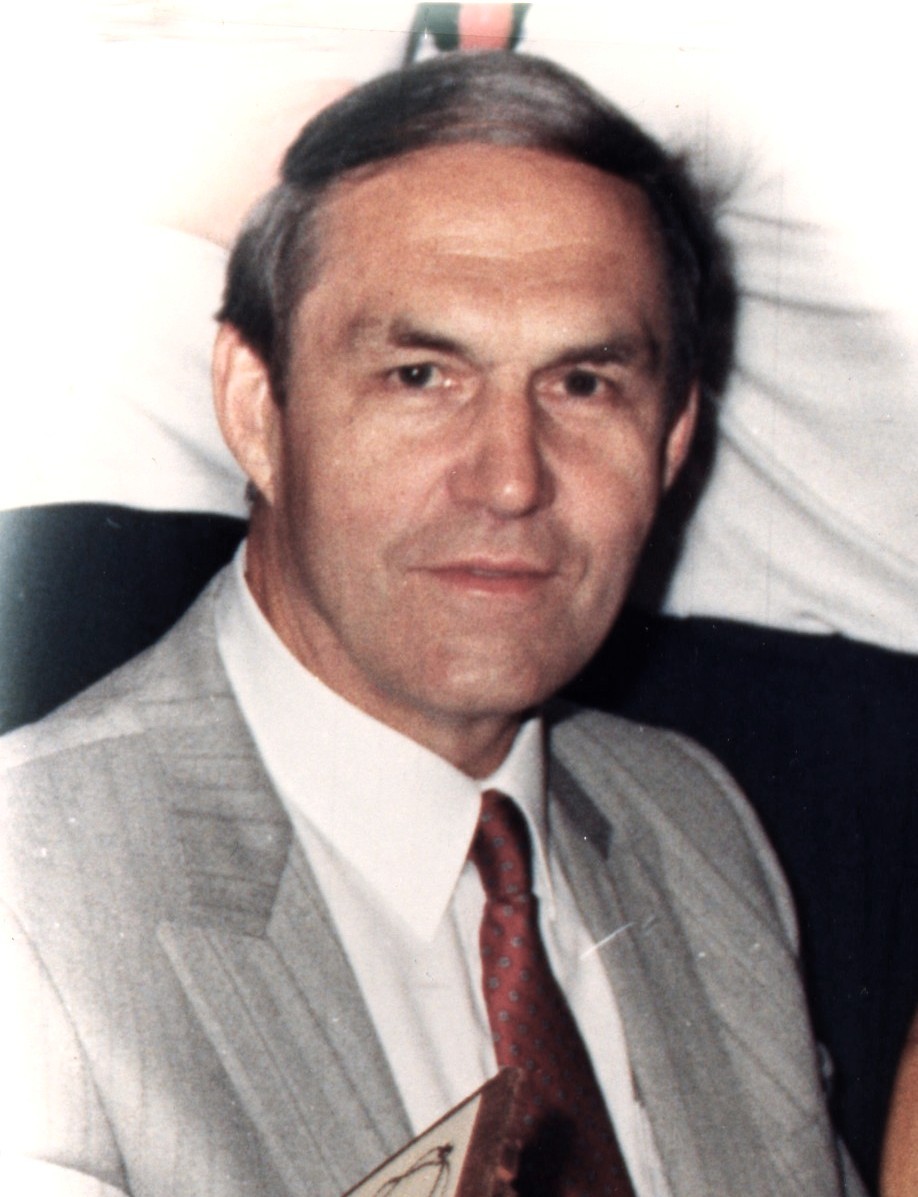The Career of Automotive Power Train Genius:
Erkki A. Koivunen

In preparation for his professional career, Koivunen received a masters degree diploomiinsinö̀n, in Mechanical Engineering from the Helsinki University of Technology Teknillinen korkeakoula, in 1950. After arriving in Canada, he worked as a design engineer for several companies in Toronto and Windsor, including Ford-Canada. But he was still looking for the right and challenging job.
Primarily because of the strength of the U.S. automotive industry in the 1950's, as well as the related engineering job opportunities, Koivunen had set his eyes on General Motors and Ford Motor Company. The Koivunen family had already decided as early as 1955 to move to the U.S given a right professional opportunity. It took, however, another four years for Koivunen to find and accept a job as a design engineer at the General Motors Hydramatic Division now GM Powertrain. In August 1959, the Koivunen family, which had now grown to include three children, moved to Detroit.
By this point in his career, Koivunen had gained a significant knowledge base and practical experience in mechanical and hydraulic systems engineering and design. His first assignment at GM Hydramatic was to learn the ins and outs of an automatic transmission. Koivunen recalls that this was "exactly what I was looking for, what I wanted to do."
After a few years on the transmission engineering design team, he started to suggest improvements to the transmission, brake and clutch designs, system designs and assemblies. Many of his early suggestions found their way to manufactured products As a result, Koivunen's career path turned more and more toward product research and innovation, and be was assigned to power train engineering research and development within the GM Hydramatic Division.
In 1965, as a co-inventor, Koivunen filed his first patent application. The patent was received on Feb. 6th, 1968, assigned U.S. patent Nr. 3,367,211, and titled "Transmission." The invention proposed a transmission with a three-element torque converter operating in series with a gear set.
The 1970's were Koivunen's most innovative years in terms of number of patents received - a total of 27 patents between transmission and transmission systems, fluid supply systems, pumps and pump drives, antibody brakes and brake control systems, sensors, engine- and transmission-cooling systems, bearings, engine- and transmission-lubrication systems, clutches and clutch systems.
Erkki Koivunen retired from GM Hydramatic in 1986 after 27 years of dedicated service. He continued innovating in retirement and received another seven automotive related patents. He received his last patent, as the (sole inventor, in June 2000): U.S. patent Nr. 6,071,208, titled "Compact multi-ratio automatic transmission."
In 2005, Erkki Koivunen was named the Finnish-American Citizen of the Year in Michigan for his lifetime professional contributions to the advancement of the modern automobile; for serving as a role model, advisor, supporter and friend to countless Finnish-Americans; and for selflessly supporting various Nordic organizations, initiatives, events and people.
Koivunen's wife Helvi had a remarkable business career of her own. After arriving in Canada, she first worked for Paramount Studios in Toronto in photograph finishing and retouching. After raising three children, she co-founded and operated her own independent Merle Norman beauty and fashion product retail store for 19 years.
Erkki Koivunen's dream, as a young mechanical engineer in Finland in the early 1950's, was to make a contribution to the technology of automobiles. His unparalleled career and professional success extended over five decades, from 1950 to 2000 . There are very few automatic transmission experts in the world, and hack during Erkki's time (1960's thru 1980's) there were even fewer. I remember Erkki saying that you could count them on the fingers of your hand. Koivunen has been credited as a sole or co-inventor of 44 U.S. patents relating to automotive power train design (he was sole inventor of 35 of them). In this article, I briefly look at Koivunen's career and professional contributions from the perspective of family and friends for the past 23 years. His patents cumulatively touch on almost sions were manufactured primarily by the big three American car companies (GM, Ford, Chrysler) until the end of 1980 's. The rest of the world was primarily manufacturing and using stick-shift transmissions. Because of this the automatic transmission know-how was primarily in the United States until the late 1980s. Notably, Japanese car companies sent their experts in the 1960's, 1970's and 1980's to the US to learn about automatic transmissions. Erkki was one of their key contacts. He also visited Japan and later Korea several times. The Korean manufacturers initially and until the 1990's purchased most of their engines and transmissions from Japan.
Initially, the automatic transmissions had only two or three gears. Erkki's significant inventions include ways of fitting four, and five, and later six gear transmissions into the space of the earlier threegear automatic transmissions by modifying and simplifying the co-investing process, which is the hydraulic. I consider the following 12 Erkki's most significant:
- 1968 U.S. patent 3,367,211 titled "Transmission". The invention proposed a transmission with a three element torque converter operating in series with a gear set, (co-inventor).
- 1972 U.S. patent 3,645,172 titled "Variable displacement fluid pump motor", (sole inventor).
- 1972 U.S. patent 3,659,480 titled "Vehicle power train", (sole inventor).
- 1972 U.S. patent 3,665,707 titled "Vehicular transmission pump drives", (sole inventor).
- 1974 U.S. patent 3,800,626 titled "Transversely mounted engine driven transmission", (sole inventor).
- 1974 U.S. patent 3,838,611 titled "Transmission having intermediate fluid unit", (sole inventor).
- 1980 U.S. patent 4,223,569 titled "Transverse transmission with parallel, coplanar axis", (co-inventor).
- 1980 U.S. patent 4,237,749 titled "Multi-speed power transmission", (sole inventor).
- 1985 U.S. patent 4,515,631 titled "Dual-input clutch transmission", (sole inventor).
- 1985 U.S. patent 4,539,866 titled "Continuously variable transmission", (sole inventor).
- 1986 U.S. patent 4,608,885 titled "Multi-range continuously variable power transmission", (sole inventor).
- 2000 U.S. patent 6,071,208 titled "Compact multi-ratio automatic transmission", (sole inventor).